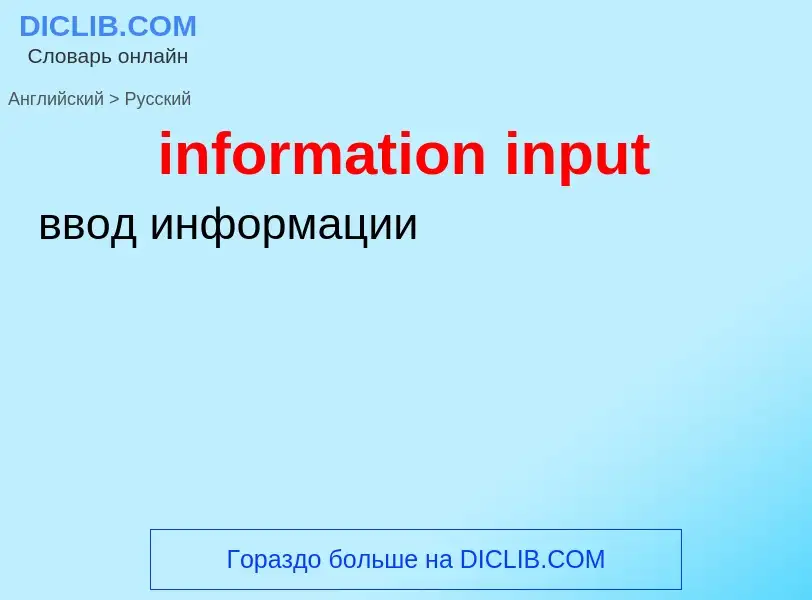Translation and analysis of words by ChatGPT artificial intelligence
On this page you can get a detailed analysis of a word or phrase, produced by the best artificial intelligence technology to date:
- how the word is used
- frequency of use
- it is used more often in oral or written speech
- word translation options
- usage examples (several phrases with translation)
- etymology
information input - translation to russian
Wikipedia
Input/output Buffer Information Specification (IBIS) is a specification of a method for integrated circuit vendors to provide information about the input/output buffers of their product to their prospective customers without revealing the intellectual property of their implementation and without requiring proprietary encryption keys. From version 5.0, specification contains two separate types of models, "traditional IBIS" and "IBIS-AMI." The traditional model is generated in text format and consists of a number of tables that captures current vs. voltage (IV) and voltage vs. time (Vt) characteristics of the buffer, as well as the values of certain parasitic components. It is a standard data exchange format for exchanging modeling information among semiconductor device suppliers, simulation software suppliers, and end users.
Traditional IBIS models are generally used instead of SPICE models to perform various board level signal integrity (SI) simulations and timing analyses. IBIS models could be used to verify signal integrity requirements, especially for high-speed products.
IBIS-AMI models run in a special-purpose SerDes channel simulator, not in a SPICE-like simulator, and consist of two text files (*.ibs and *.ami) plus a platform-specific machine code executable file (*.dll on Windows, *.so on Linux). IBIS-AMI support statistical and so-called time-domain channel simulations, and three types of IC model ("impulse-only," "GetWave-only," and "dual mode")

